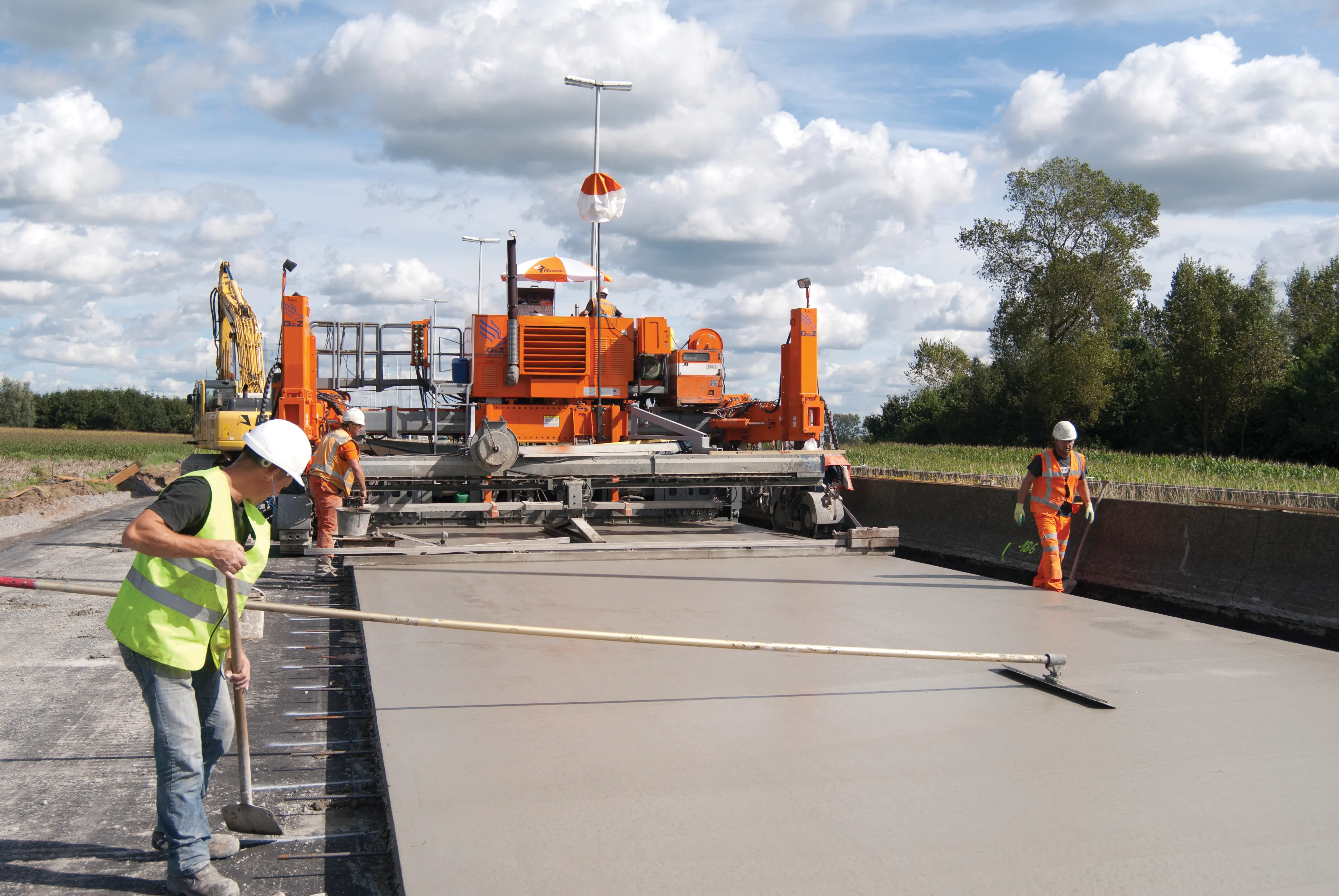The AXA
Out of the children who are injured or killed, 14% are under the age of five, which compares to just 11% in 2001. This means that more than 300 children under the age of five are being injured or killed on the roads each year.
The report also shows that out of the accidents taking place during the school run, nearly one in three (32%) involve secondary school children. Many children are thought to be being distracted by mobile phones and other handheld devices, with the AXA RoadSafe report calling for better road safety education, particularly for primary school children.
Rise in percentage of younger UK children involved in road accidents
The AXA RoadSafe report shows that although there has been a reduction in the number of children involved in road accidents in the UK in recent years, with the figure now standing at over 2,400 per year, there has been an increase in the proportion of those under the age of five being involved in accidents. Out of the children who are injured or killed, 14% are under the age of five, which compares to just 11% in 2001. This means that more than 300 children under the age of five are being injured or killed
June 19, 2013
Read time: 2 mins







